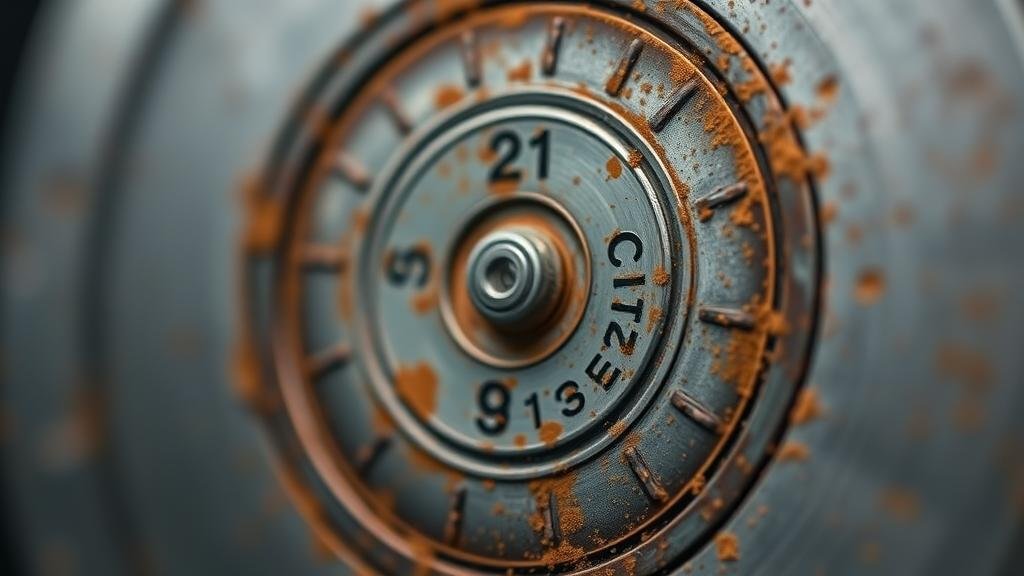Advanced Techniques for Identifying Non-Metallic Artifacts Near Metal Targets
Advanced Techniques for Identifying Non-Metallic Artifacts Near Metal Targets
The identification of non-metallic artifacts in the vicinity of metal targets has become a critical area of interest for archaeologists, conservators, and researchers alike. As technology in metal detection and archaeological methodologies advances, the strategies employed to locate and identify non-metallic objects have similarly evolved. This article discusses advanced techniques for identifying non-metallic artifacts, focusing on imaging technologies, geophysical surveys, field methodologies, and interdisciplinary approaches.
Imaging Technologies
Among the most promising advancements in artifact identification is the use of sophisticated imaging technologies. Techniques such as Ground Penetrating Radar (GPR), infrared photography, and terahertz imaging can penetrate ground settings and reveal structures or objects invisible to conventional detection methods.
- Ground Penetrating Radar (GPR): GPR employs electromagnetic pulses to examine the subsurface, allowing researchers to differentiate between metal and non-metal artifacts based on their dielectric properties. For example, in a study at a Roman fort in England, GPR revealed the presence of a clay wall adjacent to metal findings that were previously undetected with basic metal detection.
- Infrared Photography: Infrared photography can enhance contrasts of non-metallic materials in archeological digs. This technique has been particularly useful in identifying organic materials like wood or pottery that may degrade or become indistinct in standard photographs.
Geophysical Surveys
Geophysical surveys have evolved significantly, with multiple non-invasive techniques available to locate non-metallic objects. Magnetic susceptibility, resistivity surveys, and electromagnetic induction are vital in understanding the soils characteristics around metal findings.
- Magnetic Susceptibility: Non-metallic artifacts will often have different magnetic properties than their metallic counterparts. By measuring these variations in the magnetic field, archaeologists can identify potential sites for closer analysis. A well-documented case is the magnetic survey conducted at ancient battlefields where non-metal remnants of weaponry were identified through their contrasting magnetic signatures.
- Resistivity Surveys: This method measures the resistance of soil to electrical currents, which can reveal the presence of buried structures or artifacts. Studies have demonstrated that resistivity surveys at sites with metallic artifacts can successfully delineate areas containing non-metal elements, such as ash or charcoal from previous human activity.
Field Methodologies
In the field, modification of traditional excavation techniques can significantly enhance the detection of non-metallic artifacts. Stratigraphic excavation and systematic sampling are crucial in these methodologies.
- Stratigraphic Excavation: By meticulously documenting the different strata of soil, archaeologists can correlate metal finds with adjacent non-metal artifacts. This approach was successfully applied in the excavation of a Viking Age settlement site, where researchers uncovered pottery shards alongside metal remnants, providing context for the artifacts use.
- Systematic Sampling: This technique often involves taking soil samples from defined grids around metal targets. In an excavation at an ancient Roman site, systematic sampling revealed oven residues near metal tools, suggesting a relationship between the two artifacts.
Interdisciplinary Approaches
Lastly, interdisciplinary collaboration enhances the detection of non-metallic artifacts. Incorporating techniques from geology, materials science, and advanced data analysis can yield more robust findings.
- Collaboration with Geologists: Geologists can provide insights into soil properties that may indicate former human activity. For example, interface analysis and sedimentology can reveal ancient landscape changes and possible anthropogenic influences, paving the way for better-targeted searches for non-metal artifacts.
- Data Analysis and Machine Learning: The integration of machine learning algorithms allows archaeologists to analyze vast datasets from various surveying techniques, increasing their chances of identifying non-metallic finds nestled among metal targets. Case studies have shown that predictive modeling based on historical data can enhance excavation planning and artifact recovery.
Conclusion and Actionable Takeaways
Identifying non-metallic artifacts near metal targets requires a multi-faceted approach that combines imaging technologies, geophysical surveys, refined field methodologies, and interdisciplinary strategies. For practitioners in the field, embracing these advanced techniques can not only improve detection rates but also enhance our understanding of historical contexts.
Key action points include:
- Investing in advanced imaging tools and training for personnel to effectively use them.
- Incorporating geophysical methods into the archaeological workflow to enhance site investigation.
- Utilizing interdisciplinary teams to broaden the analytical frameworks applied to artifact studies.
By adopting these techniques, archaeologists can improve the recovery of non-metallic artifacts, thereby enriching our historical narratives and understanding of past human behaviors.



